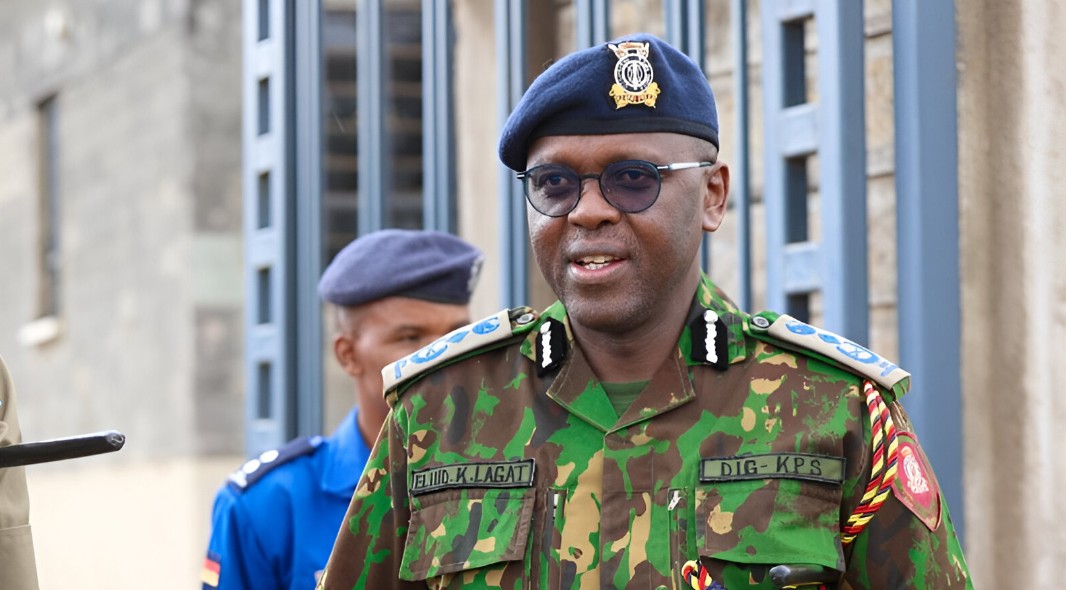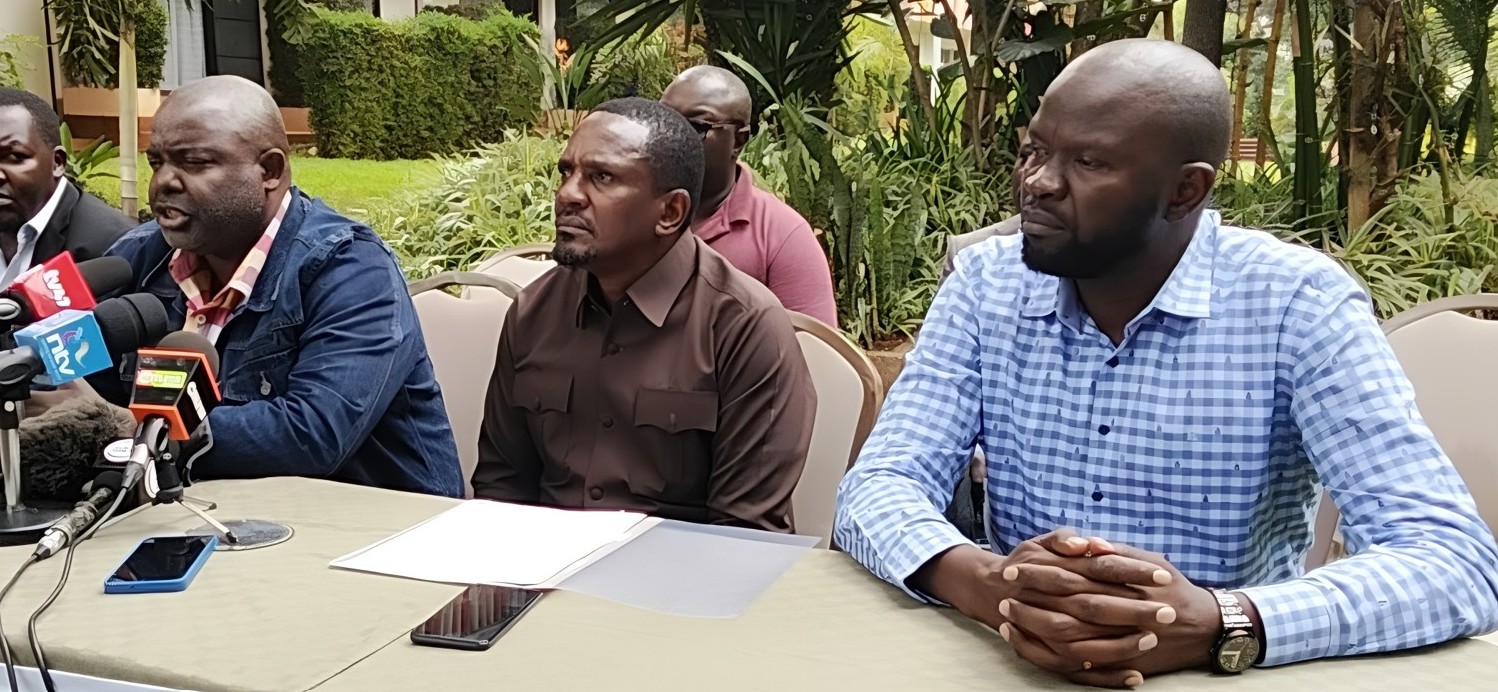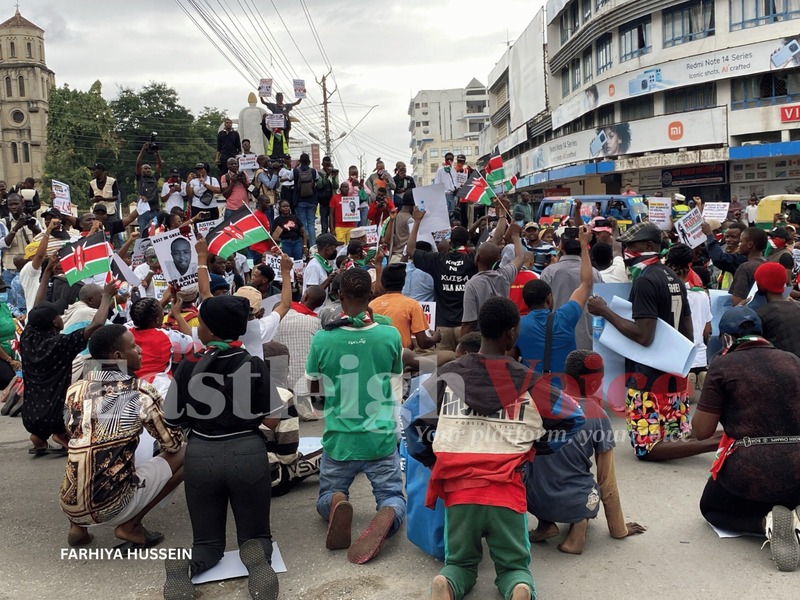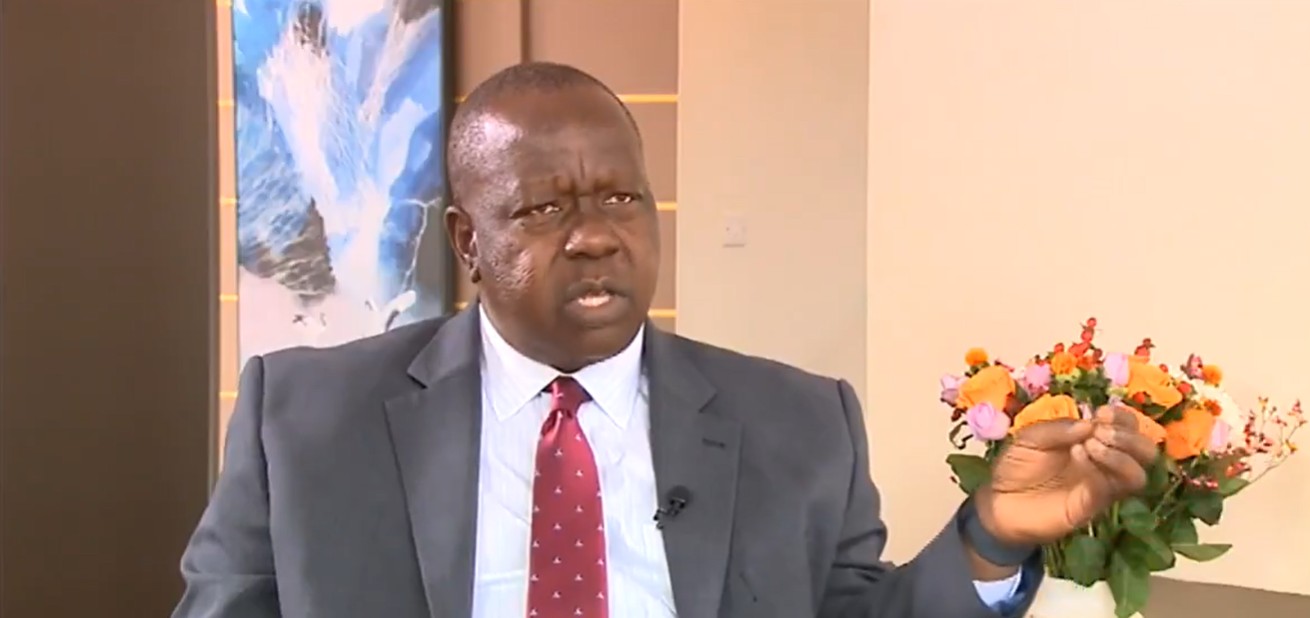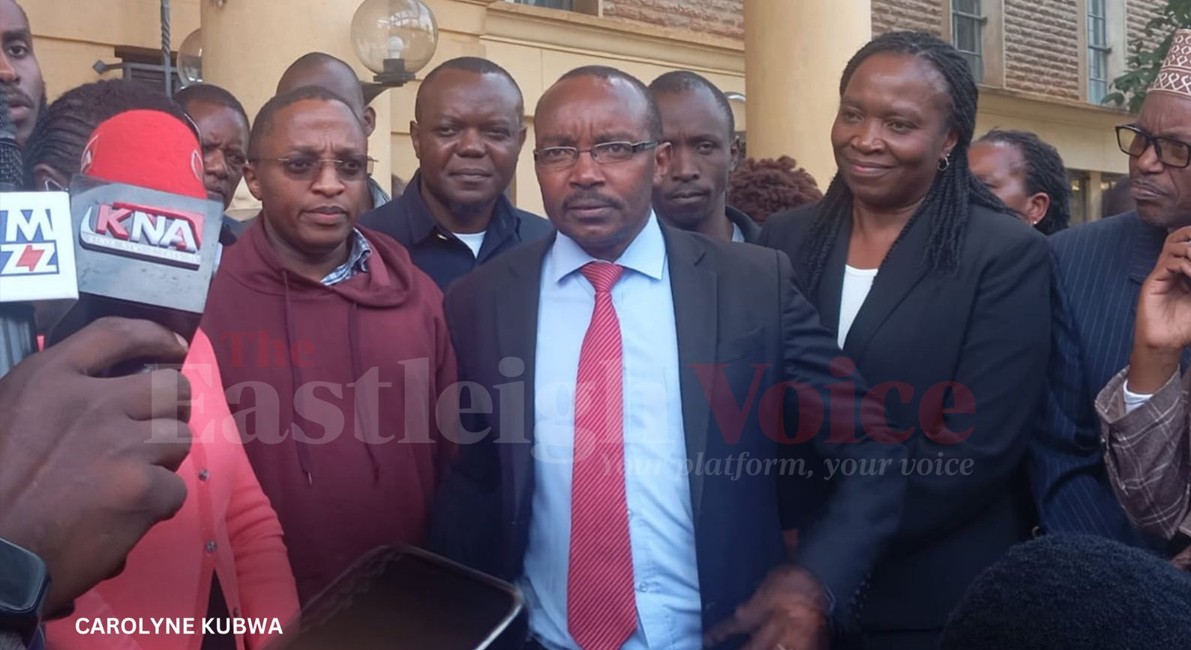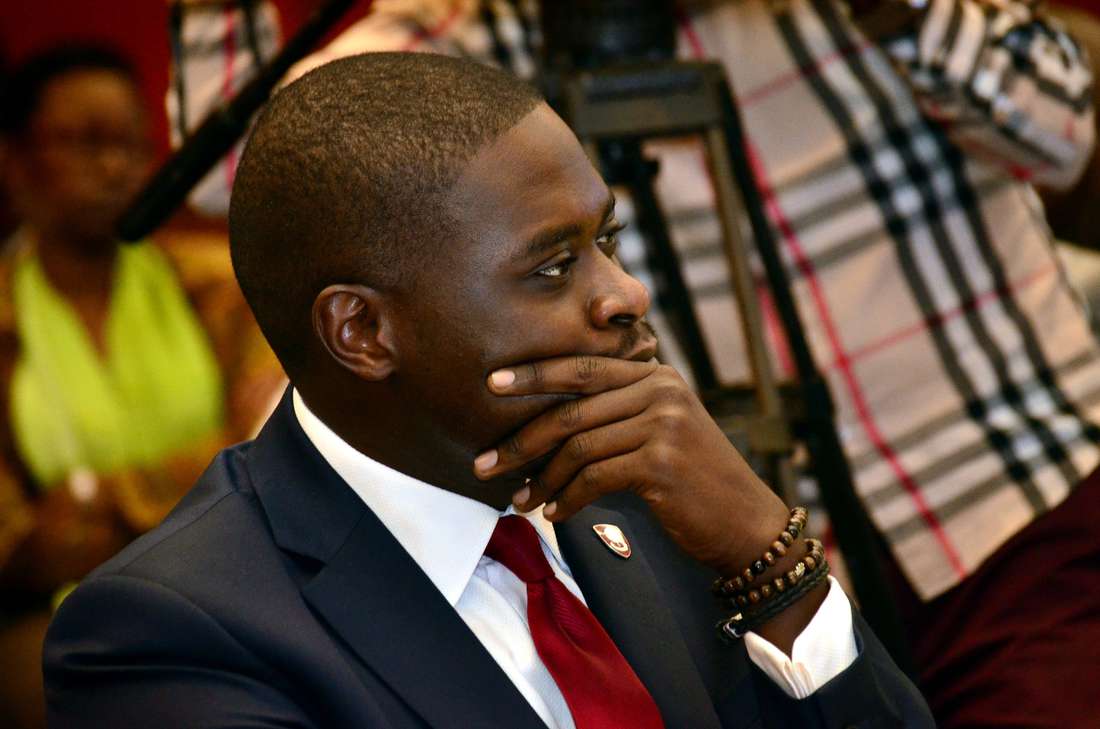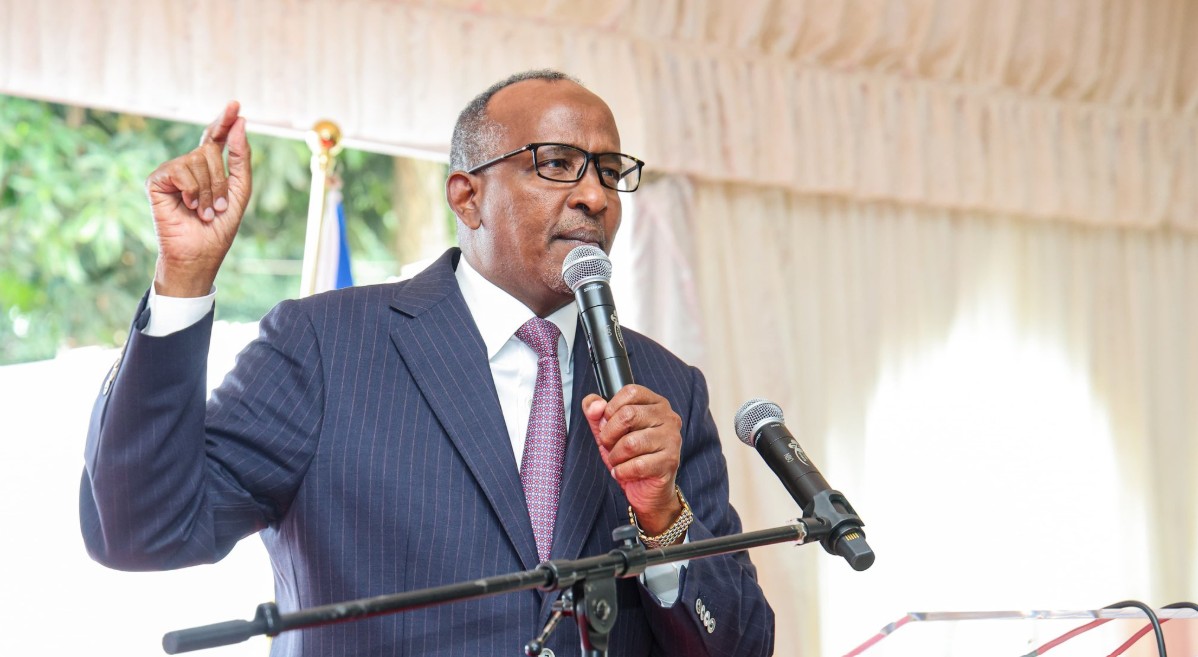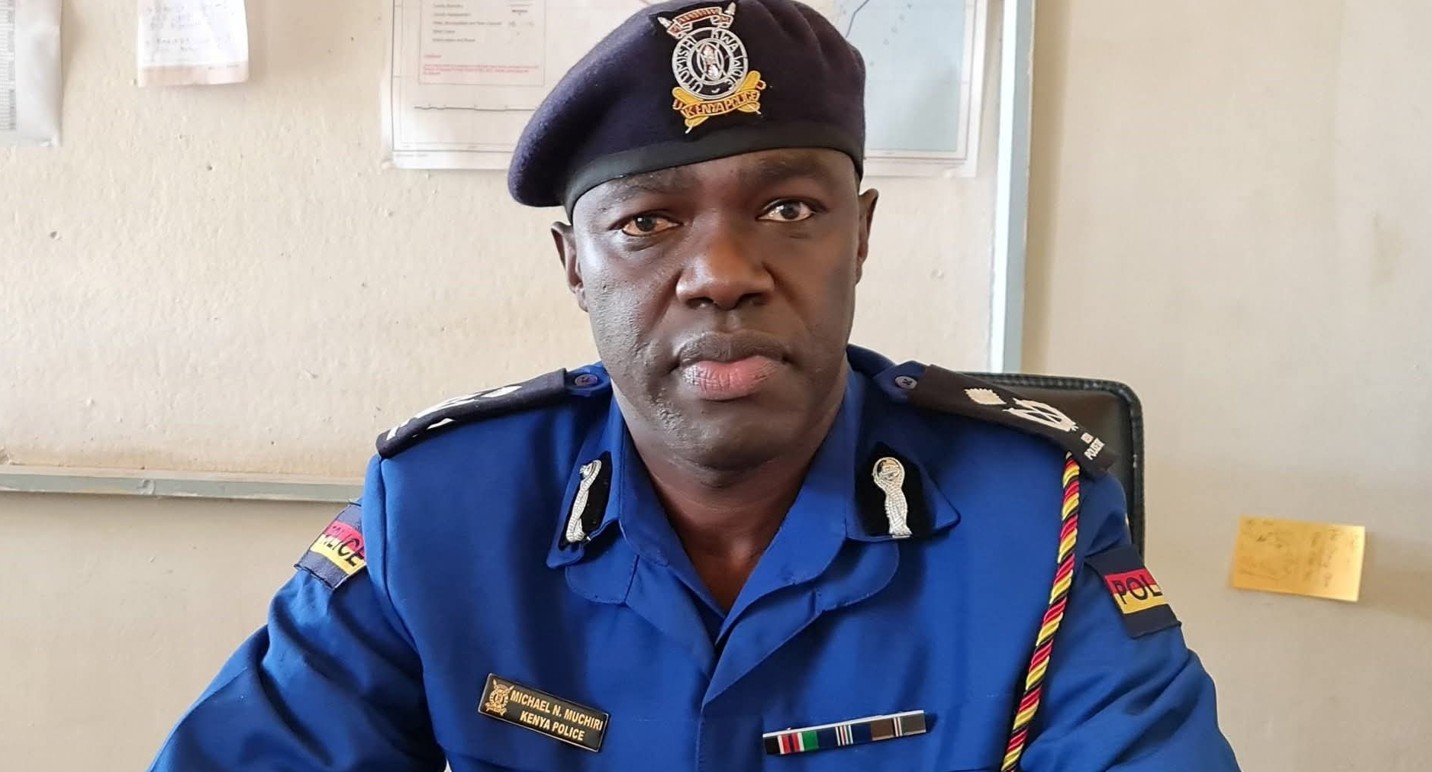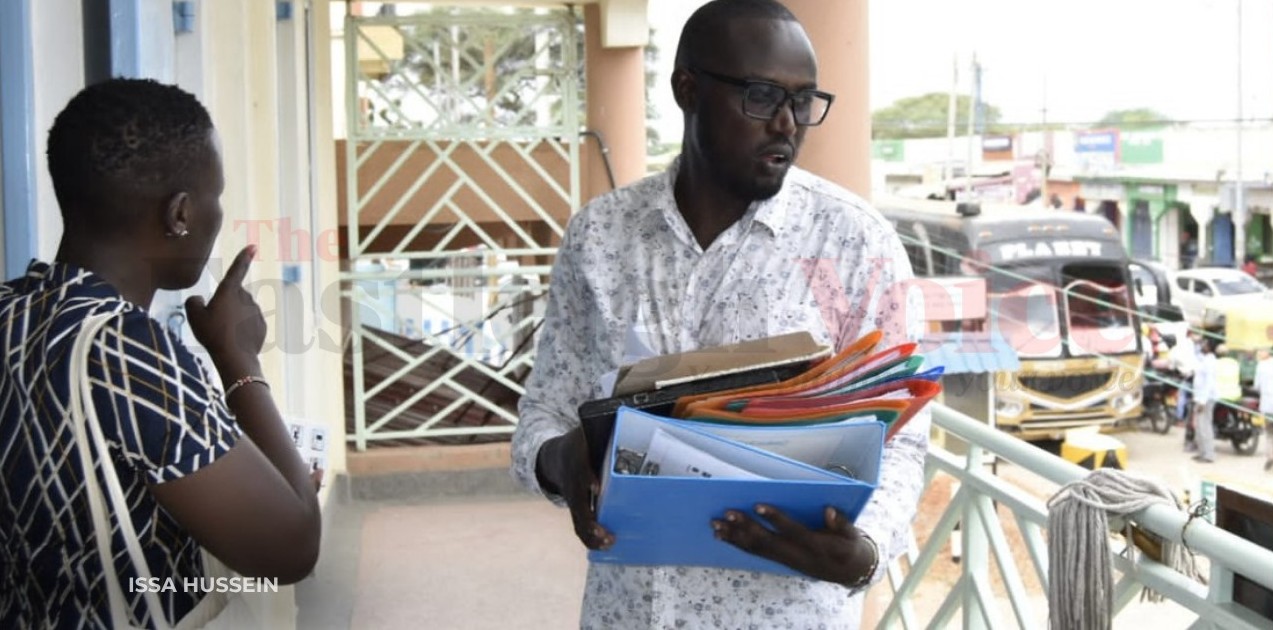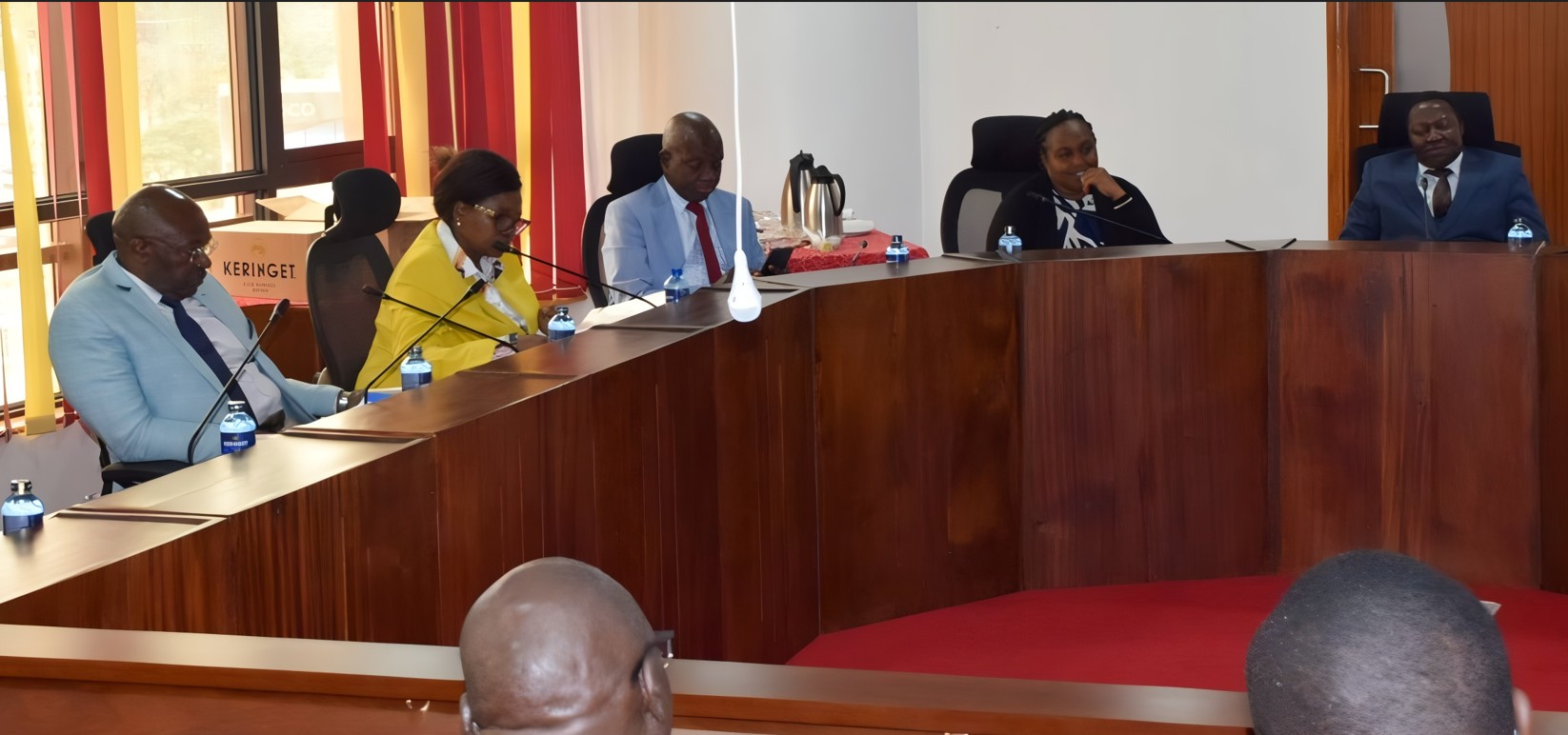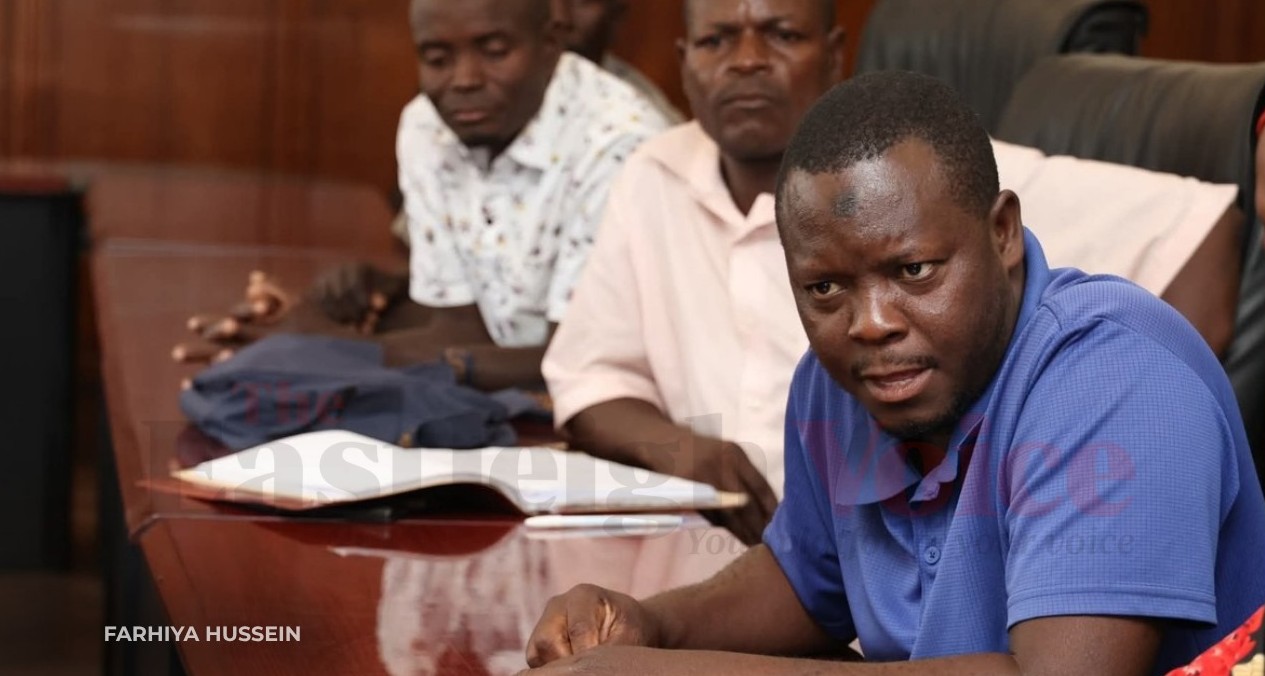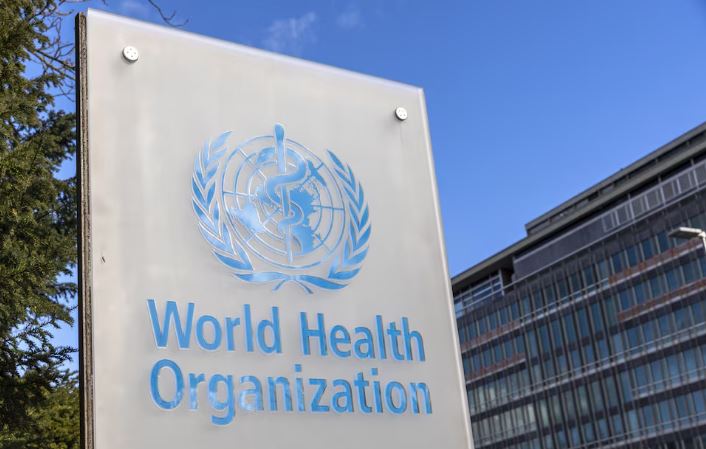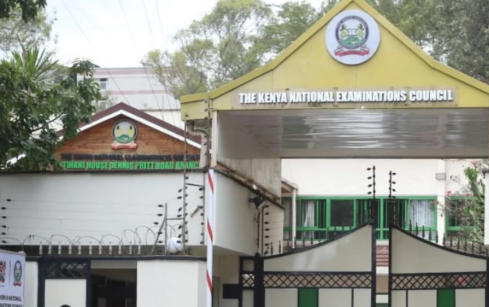Eastleigh school that bears the rich history of Nairobi

Ainsworth Primary School draws most of its learners from Eastleigh and Parklands, being one of the first schools to be established in the city in the early 1960s.
Ainsworth Primary School, located on Muratina Street in Eastleigh, is among institutions that delayed opening for the second term after heavy rains caused huge floods, blocking access to classrooms.
When approaching the institution that has over 800 learners, one is greeted by a beautiful bed of flowers at the entrance. Kales planted by learners in old tyres depict an urban school with a zeal for food production.
Following the devastating floods, the school’s board of management chairperson Alice Njuguna had called on the government to help drain the water that filled the classrooms, hampering learning.
Although the situation is normalising and learners at Ainsworth have resumed classes, it is the historical marvel of the institution that was opened in 1961 that caught our attention.
A plaque in the school shows it was opened by G.S. Amar Esq, then an Assistant Director of Education.
But who was Ainsworth, the person the school was named after?
Upon its establishment in 1961, the school was managed by the Nairobi City County. The council named it after John Dawson Ainsworth, who was a British administrator in East Africa and is credited with playing a significant role in the development of the East Africa Protectorate.
He was also an advocate of formal education for Africans at a time when many European settlers believed the natives deserved none of that.
He is not only credited with planning and building the city but also had a rocky relationship with the natives, who accused him of orchestrating some of the largest British land grabs.
Pioneers and alumni of the school revere the institution with their nostalgic memories.
Deedar Singh Pardesi, a pioneer teacher at the school who now lives in the United Kingdom, reveals that it was originally called Ainsworth Street Primary School.
“After my training as a teacher in 1959, I was scheduled to be posted to Ainsworth in 1960 but the new building was delayed by a year and I had to start my first year as a trained teacher at Juja Road Primary School and in 1961 we started Ainsworth where I became the deputy headmaster till 1972 when I was posted to Highridge Primary School,” says Pardesi.
Pardesi was born in Punjab in 1937 and his family migrated to Nairobi in 1951. He attended Delhi Road Primary School (Later Park Road Primary School) and Race Course Secondary School, which later became Eastleigh Secondary School.
“I left Eastleigh Secondary School in 1956, worked for Barclays Bank, and then trained as a teacher. I taught at Juja Road Primary and was a deputy head first at Ainsworth Primary and later at Highridge Primary School before immigrating to the UK in 1975. In London, I taught at Houndsfield School as Head of Geography Department and then at Salisbury Secondary School from where I retired in 1993,” he narrates.
Notable alumni of Ainsworth Primary School include the Vihiga Deputy Governor Wilberforce Kitiezo.
Other Topics To Read
Another former student, Arun Jotangia, who attended the school from 1962 to 1969, remembers being taught Geography by Perdesi.
Ainsworth Primary School draws most of its learners from Eastleigh and Parklands, being one of the first schools to be established in the city in the early 1960s.
Ainsworth, after whom the school is named, believed it was important to educate Africans, promote their economic development and increase their needs to enhance labour supply.
Despite this, some of his contemporaries did not think favourably about him since he had no university education, with one representative of the Foreign Office even referring to him as one of "a group of civil servants recruited from the gutter".
He was regarded as a pro-native officer who was more sympathetic towards Africans than other colonial officials and was reputed to be the ablest administrator in the Protectorate.
He stressed the importance of allowing Africans to be industrious, attracting the ire of some settlers like Lord Delamere who accused him of making the Kamba people drunkards and idlers by trying to promote their agriculture instead of encouraging them to work for wages on European farms.
In 1912, he recommended a universal scheme of primary education. He believed education was a vital tool to raise the status of Africans and allow them to compete within the new society.
Prof. Bethwel A. Ogot and Prof. Madara Ogot in their book History of Nairobi 1899-2012.
From a railway camp and supply depot to a world-class African Metropolis reveals that Eastleigh, so named in 1921 after the railway works town of Eastleigh in Hampshire, England, was previously known as Egerton Estate and Nairobi East Township.
Ainsworth, who was called from Machakos to serve as a top civil servant at the then swampy Nairobi, arrived in 1898, three years after the region had become a protectorate of the United Kingdom.
Kenya-based historian Jan Hemsing, in her 2004 book titled Nairobi’s Norfolk Hotel: The First Hundred Years, says at that time, the swamp, which stretched up to where the Kenya National Theatre currently stands, was “chock-full of croaking frogs that kept the town busy as they croaked in unison, while behind it was a barren, open land, where hippos gnarled at the Nairobi River”.
In April 1899 Ainsworth set up a temporary camp for the rail head, intending to make Nairobi the railway headquarters.
In August 1899, the Imperial British East African Company instructed Ainsworth to move the provincial headquarters to Nairobi from Machakos.
In those days, Africans were forced to live in the native reserves.
Their tribal chiefs and headmen would force them to attend meetings meant to entrench colonial administration which were called by the European governor and his assistants.
Indians and Arabs were classified as non-natives, with a status above the Africans but below the Europeans, who now had replaced the Arab overlords.
Ainsworth wrote in his memoir: “I can assure you that it [was] at times uphill and tiring work breaking down the walls of barbaric ignorance and superstition and introducing in their places an acceptable form of civilisation.”
Ainsworth retired in 1920. He returned briefly to Manchester before settling in Somerset West, Cape Town in South Africa. Here he was elected as a councillor in 1927 and as Mayor in 1929. He died in Cape Town on March 31, 1946.
Top Stories Today


